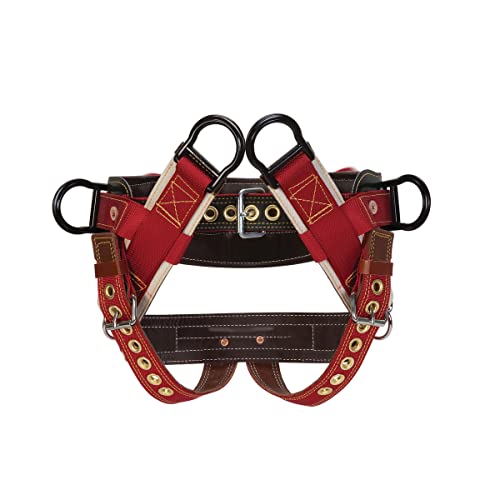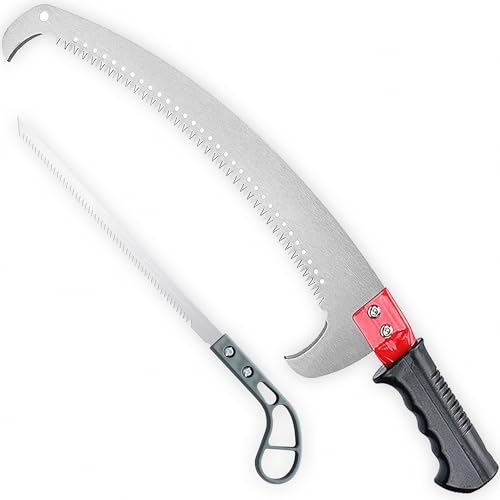nmurph
ArboristSite.com Sponsor
- Joined
- Nov 26, 2007
- Messages
- 16,162
- Reaction score
- 7,174
With a small cylinder like a chainsaw the air in the tube becomes a significant volume and readings will be low. Also the check valve needs to be a lightly sprung one. Old ones from the tire store don't work
I actually typed that and then deleted it. With any size of hose if you pull it enough it will get to it's terminal number. The check valve in the foot just gets you there faster.























































